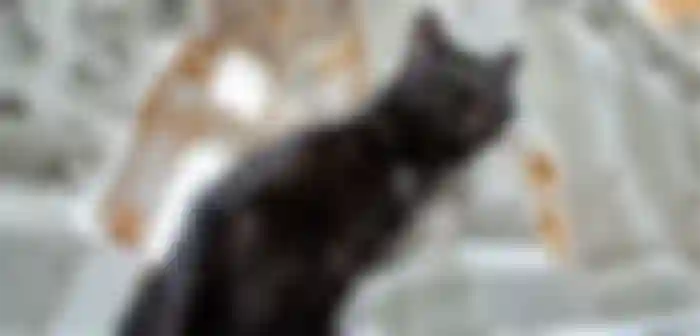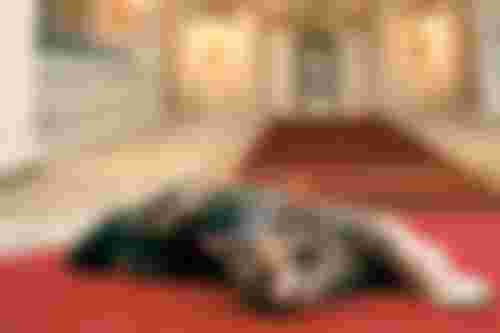The Russian Hermitage is the only museum in the world of this reputation in which cats are in charge of fighting rodents. There are about 70 of them, and they live in almost all museum rooms, except galleries. Since 2009, this institution has been marking a special day dedicated to them.

The security service of the famous Hermitage Museum in St. Petersburg consists of an army of guards, porters, supervisors and guides. They apply the most modern technologies in the protection of works of art from damage and theft - alarm devices, lasers, cameras, special sensor lights, locks and movable walls.
However, more than 70 cats take care of the treasure stored in the most famous Russian museum. Their job is to fight mice, rodents and other uninvited robbers who want to sneak into the museum.
Cats were an integral part of most ancient European museums, and the famous British Museum in London has long been in the lead in terms of the number of animals. Over time, the realization began to dominate that they still have no place in such institutions. Today, the Russian Hermitage is the only museum in the world that has not given up this type of protection.
The cat service in the Hermitage Palace, which is part of the complex of the famous Winter Palace, has a long and rich tradition, and in the past, animals shared the often evil fate of Russian society.

The first guard cats arrived at the imperial complex on the banks of the Neva in 1745, during the reign of Elizabeth Petrovna, the daughter of Peter the Great.

Angered by the appearance of mice that annoyed her, she ordered a special delegation to travel to the city of Kazan, whose cats were far-famed (the cat is still a symbol of the city) and bring as many of these animals as possible.
Empress Catherine I organized their service, and as a great lover of Russian blue cats, she gave preference to this breed. Russian blondes were in charge of hallways and chambers, and domestic cats were in charge of basements and auxiliary rooms.

The tradition of keeping cats in the Hermitage has been broken only once in history.
During World War II, the city on the Neva spent 900 days under German siege, faced with superhuman struggles, disease and vicious famine. Like hundreds of thousands of Petrograd citizens, the cats from the museum did not survive the war.
The post-war period under the arches of the royal complex of the Winter Palace and the Hermitage brought back museum favorites. The fact that the museum founded - Cat Day in 2009, testifies to the respect that animals have in this cultural institution.
The kittens spend their holiday treated to their favorite treats and the open doors of all rooms in the Hermitage. It is also the only day when visitors can see this unique service in the world curiously sniffing the hallways and chambers.

"Some cats are more sociable than others. A cat named Mufla, for example, loves people and she chose a place as her place to live where our guests can take a break, drink coffee and light a cigarette.
Others have again chosen for their residence corners in the courtyards, stairs, basement windows or numerous canopies ", explains one of the associates of the Hermitage, Marija Haltunen.
He explains that cats have excellent conditions for care and life. They are cared for by three volunteers, whose job it is to guard the museum guards, bring them water and nurture them. There are special kitchens for food preparation, as well as a small veterinary clinic.
The heavy metal doors that divide the courtyards of the museum and the palace have specially made openings so that cats can move freely around the museum.

Cats are also an item in the museum's bank account and earn money from donations. There are several world organizations for the care of animals that donate food, preparations and other necessities. The cat cemetery is located in one of the museum's courtyards.
The system of caring for them is so sophisticated that the museum management has a precise list of all cats, with all the necessary details - name, age, place to sleep, habits, favorite food ....








Very interesting article.